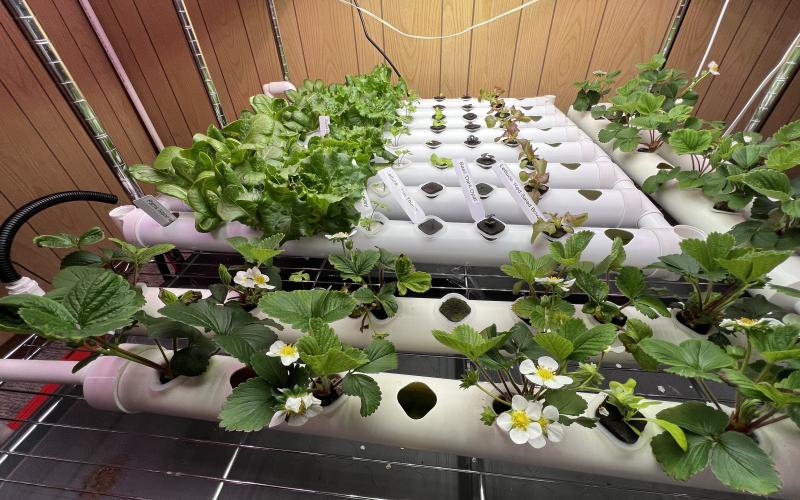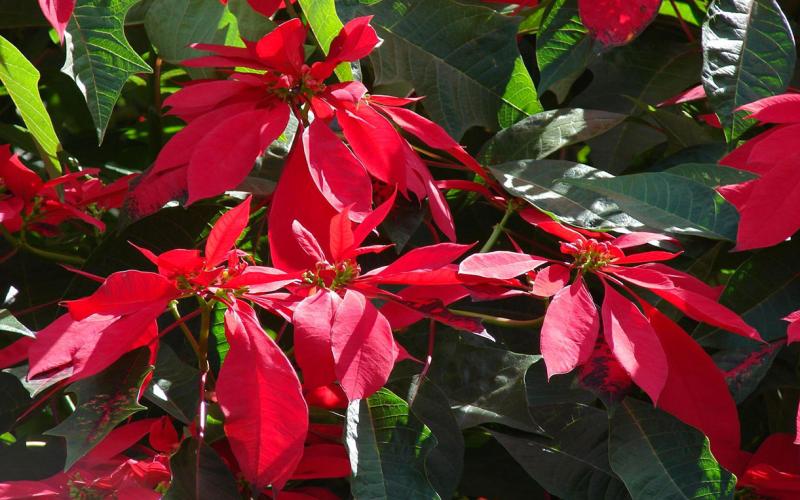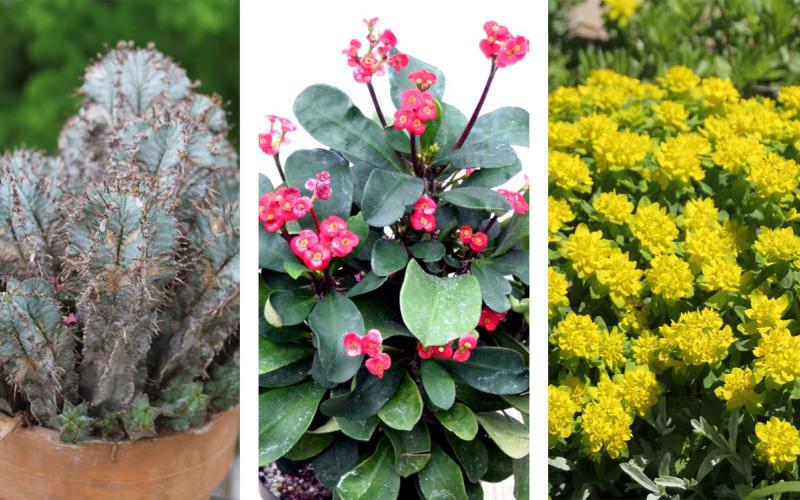Written by Cindy Schnabel under the direction and review of Kristine Lang and Sydney Trio.
Description
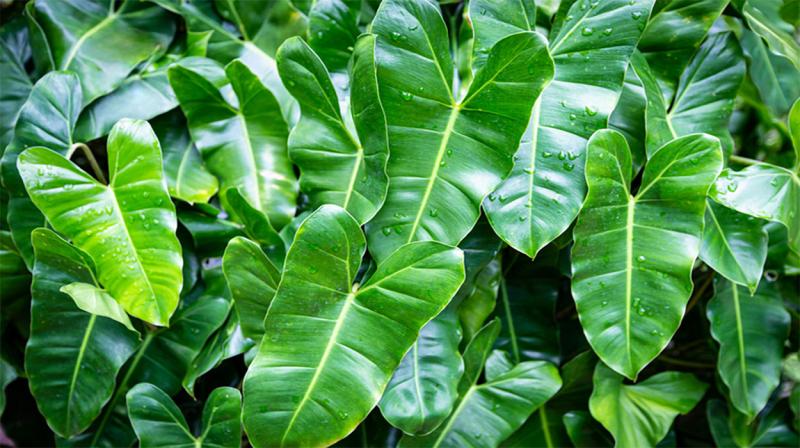
The philodendron is a versatile plant that can give you various focal points indoors. It is native to tropical rainforests, where it winds its way up the trees.
There are hundreds of species that have a variety of variegated foliage.
The philodendron has very distinct heart-shaped leaves that are thin, soft, and smooth. It can be upright, trailing, or climbing.
It is an easy indoor plant to grow. You may use it in hanging containers or allow it to climb up trellises or some form of support structure. If you have a non-climbing variety of philodendron, it makes for an excellent container plant.
Plant Care
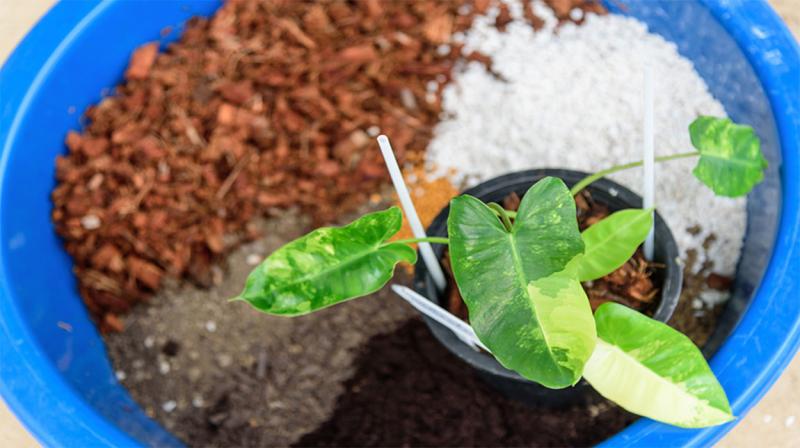
- Soil: Philodendron prefer a well-drained potting mix. It is also nice to replace the soil every two years to eliminate the problem of salt or chemical build-up.
- Water: A moderate amount of soil moisture is required. When the top inch of soil is dry, it is time to water a philodendron. Both overwatering and underwatering will tend to make leaves droop. Non-climbing cultivars can tolerate dry soil for a longer period. Reduce the watering during winter months.
- Light: Bright light, diffused sunlight, or partial shade is the best. Poor light will reduce leaf and plant size. Too much light will cause leaves to turn yellow. Cultivars that are variegated can handle a bit more indirect lighting.
- Temperature: In general, nighttime temperatures should be around 62 to 65 degrees Fahrenheit. Household temperatures ranging in the 65 to 75 degrees Fahrenheit will do fine. For a short period, the philodendron can handle temperatures at 55 degrees Fahrenheit. Protect the plant from cool drafts or air conditioning vents.
- Humidity: This plant loves humidity, but it will do well in an average household atmosphere. It would love to be in an area that has 50% humidity. Browning leaf tips with yellow halos indicate that the plant needs more humidity. To provide this indoors, place the container in a tray filled with pebbles and water. Make sure that the bottom of the container holding the plant does not touch the water to prevent root rot.
- Fertilizer: Use a balanced fertilizer monthly, because this is a fast-growing plant. Follow the label to correctly apply it. Reduce feeding during the dormant winter months.
- Propagation: It is easily propagated by stem cuttings. Place the cutting in water until roots begin to form. Then transfer it to a potting soil mix.
Problems and Solutions
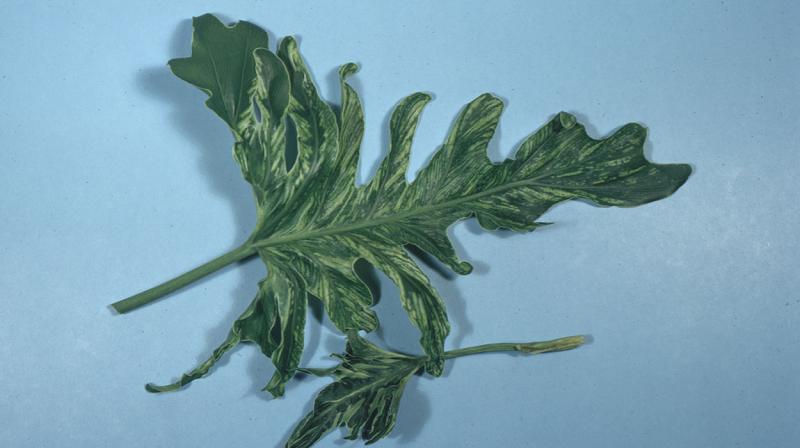
- Disease: The philodendron is prone to mosaic virus. This is identified by small yellow lesions or patterns on the leaves. If you notice the signs, isolate the plant from other philodendrons, as the virus can be spread through handling (tools) or insect pests; if you have a prized philodendron collection, it may be best to sacrifice a diseased plant to save the others.
- Pest: It is typically a pest-free plant. However, they can be susceptible to aphids, mealybugs, scales, and mites. Using insecticidal soap will take care of the pests; always follow all label instructions.
This common household plant is easy to grow, but there is a word of caution; if ingested it can be toxic to animals and people. Make sure you locate it out of the reach of children and pets.
Resource
If you suspect a virus on your philodendron, contact the SDSU Extension Garden Hotline so they can assist you with a proper diagnosis.
